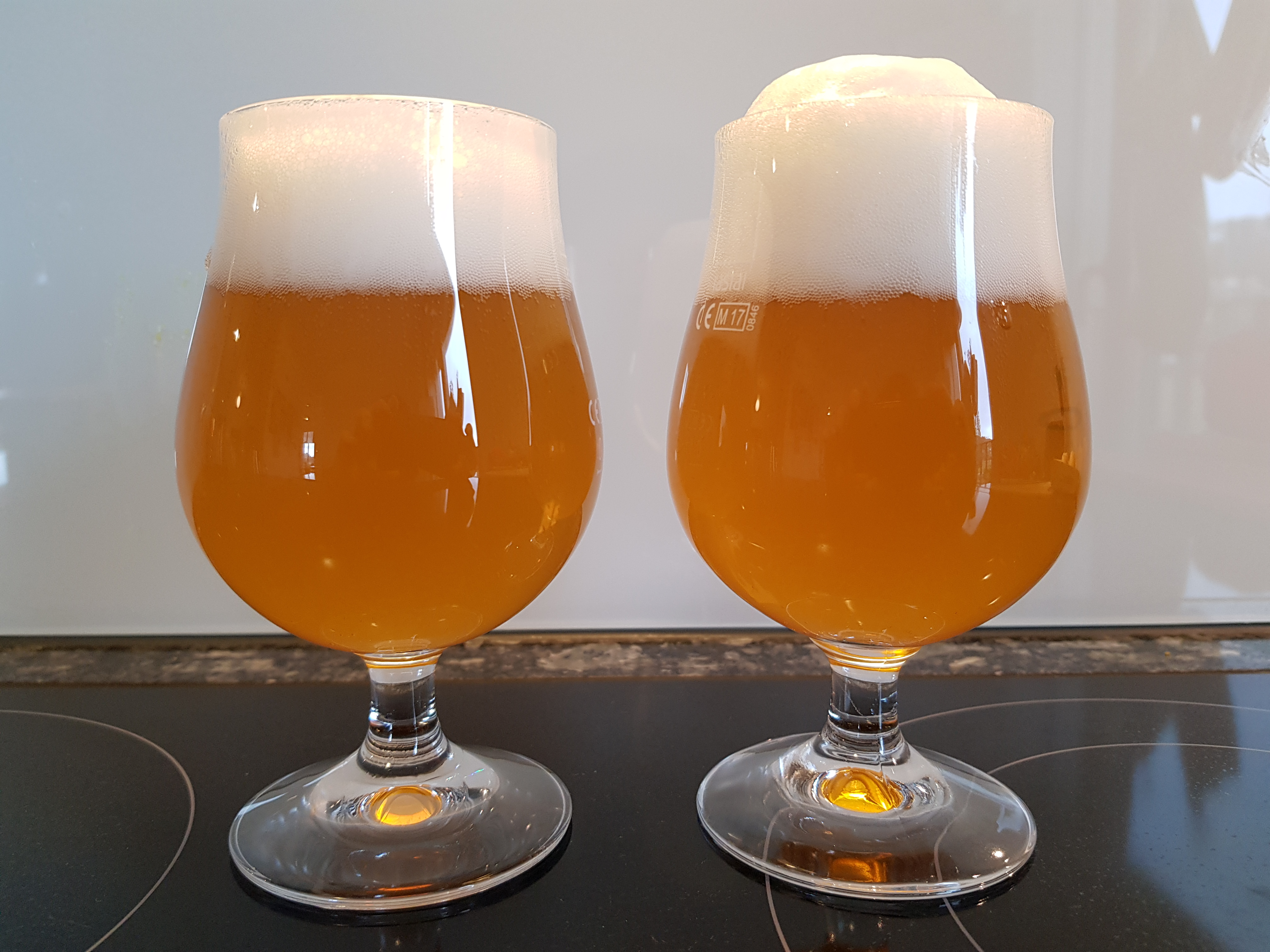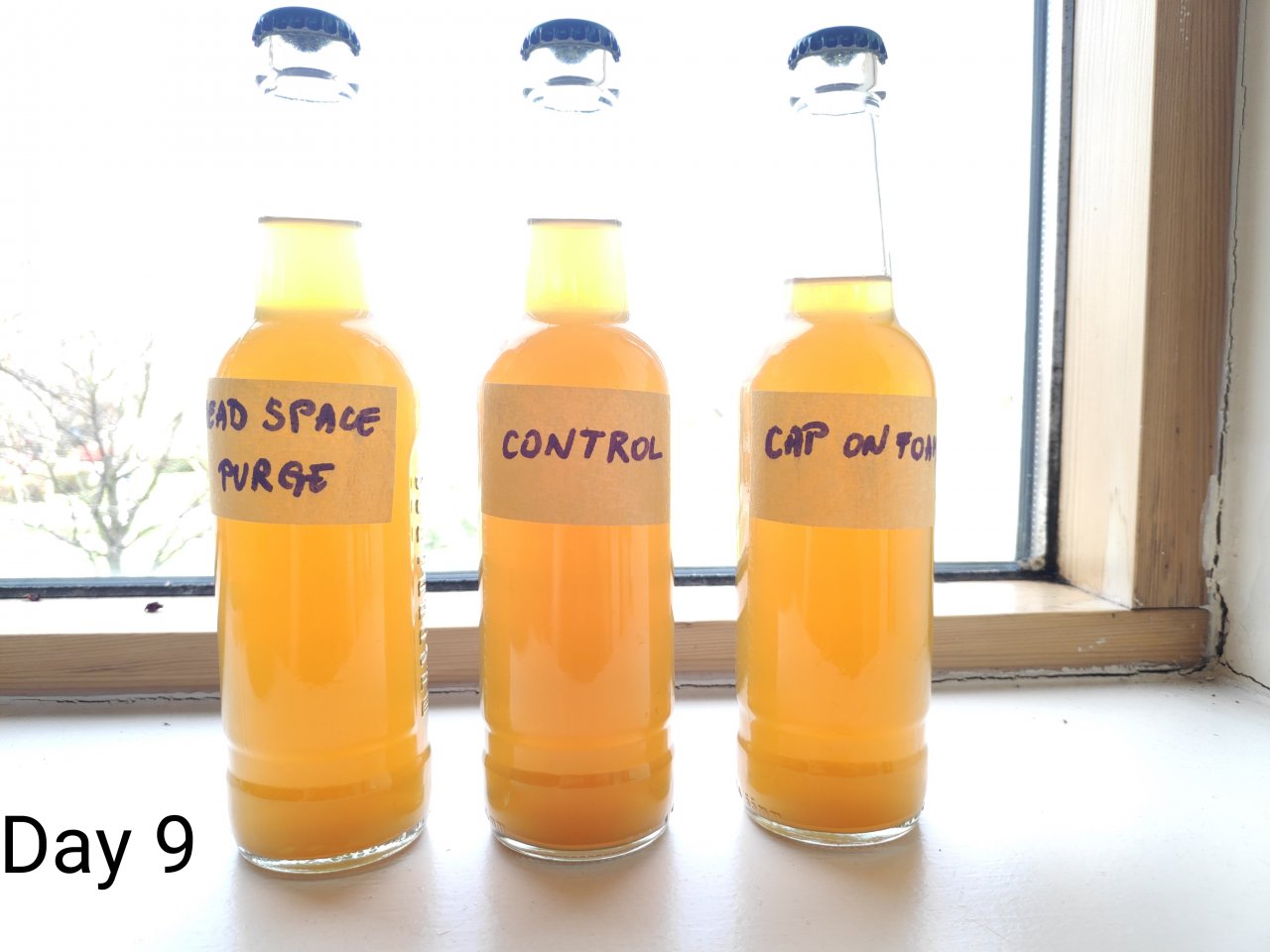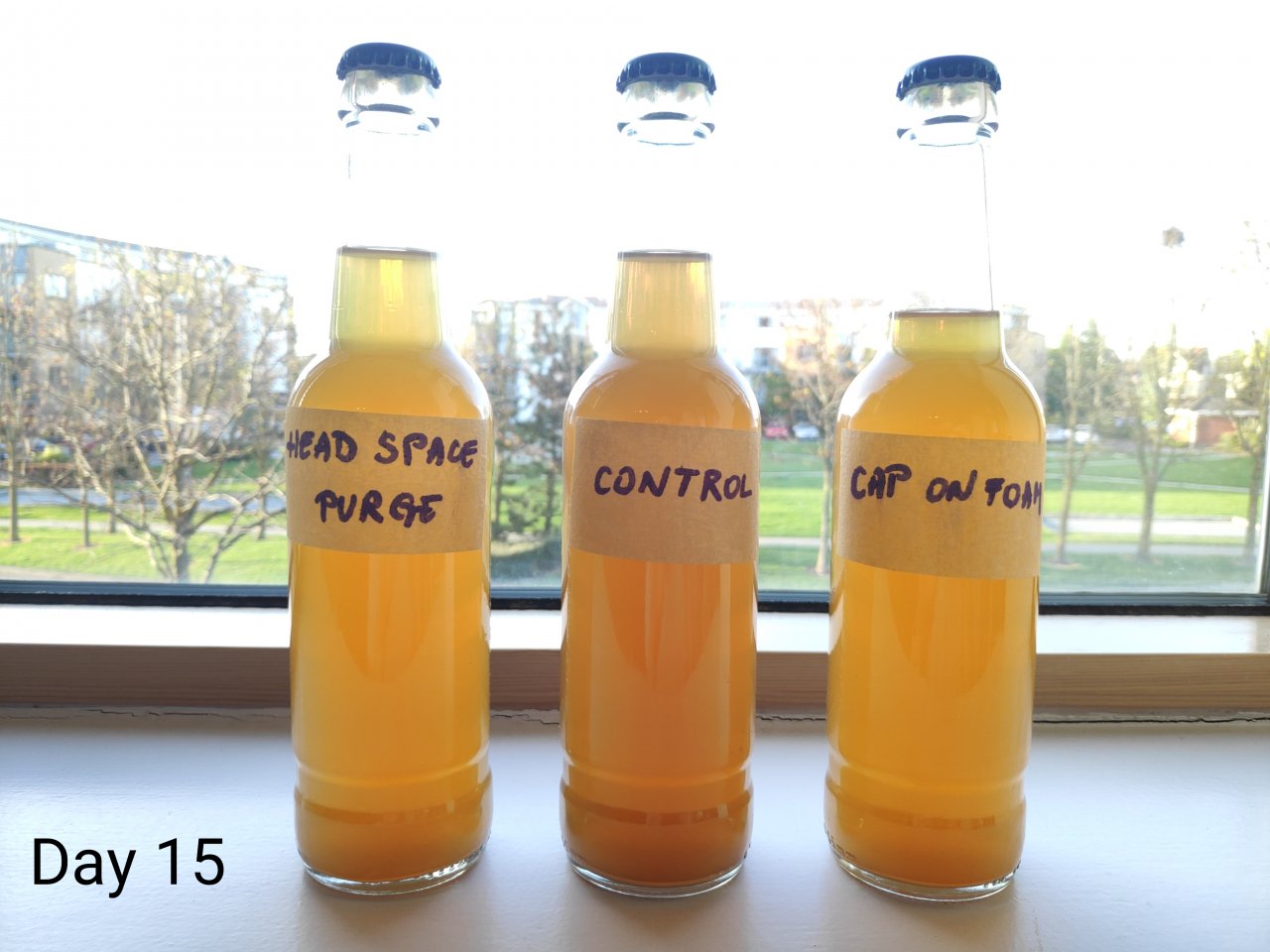He also says that mash hopping can remove manganese. I haven't had oxidation issues lately but I've been mash hopping on my last 4-5 batches. I can't say if it's helping a lot since I didn't have major issues to begin with but I definitely haven't noticed any negative effects from it. This last hazy IPA I've been drinking which is about to kick in the keg maintained it's flavor from start to finish beautifully. Also, I believe malted oats contain alot less than flaked oats.
How much hops are you using for mash hopping? Any idea how many IBUs you would get out of, say, 1 oz of a 14% aa hop (with a 60 min boil following the mash)? Was planning on brewing an NEIPA this weekend with just 10 min, whirlpool and dry hop additions.

















































![Craft A Brew - Safale S-04 Dry Yeast - Fermentis - English Ale Dry Yeast - For English and American Ales and Hard Apple Ciders - Ingredients for Home Brewing - Beer Making Supplies - [1 Pack]](https://m.media-amazon.com/images/I/41fVGNh6JfL._SL500_.jpg)














